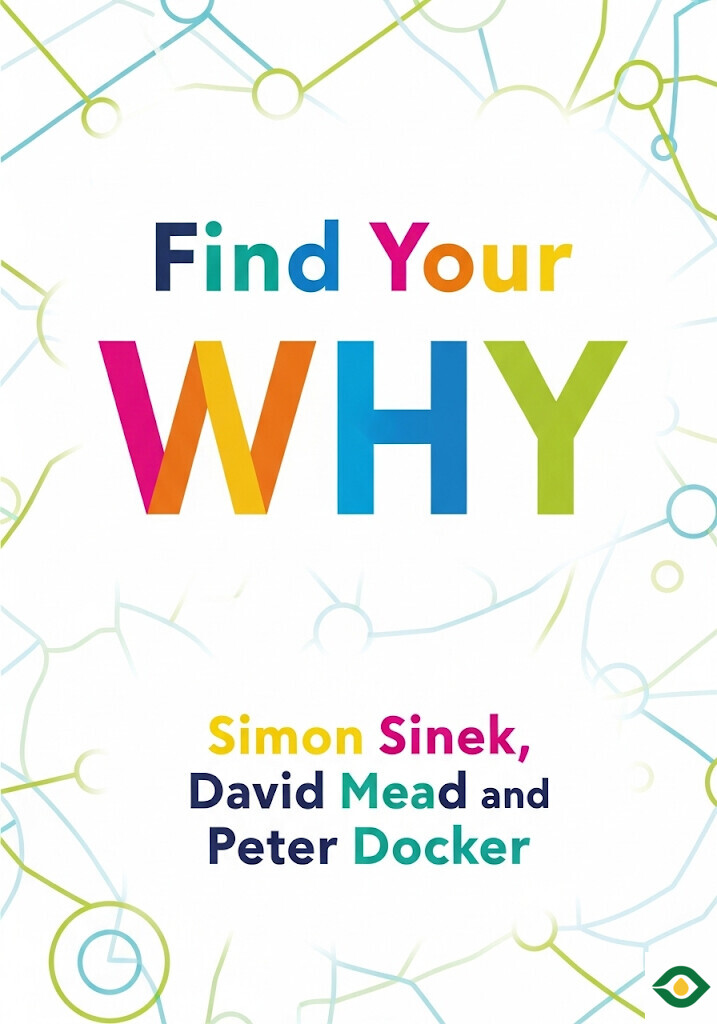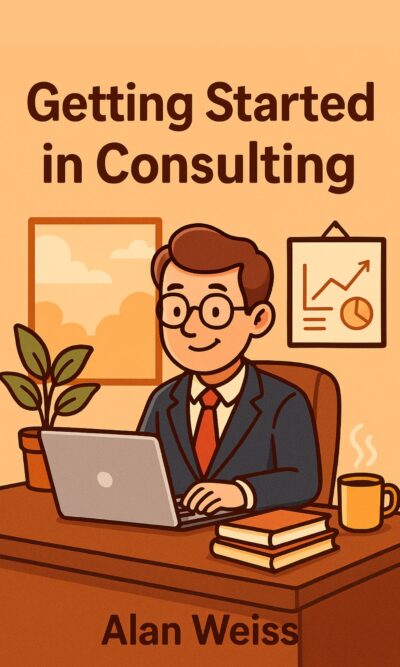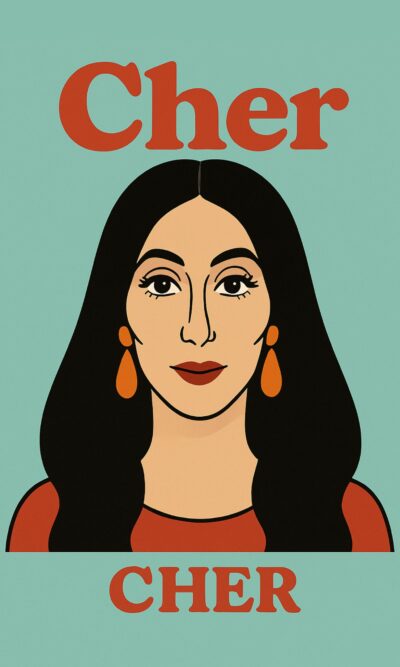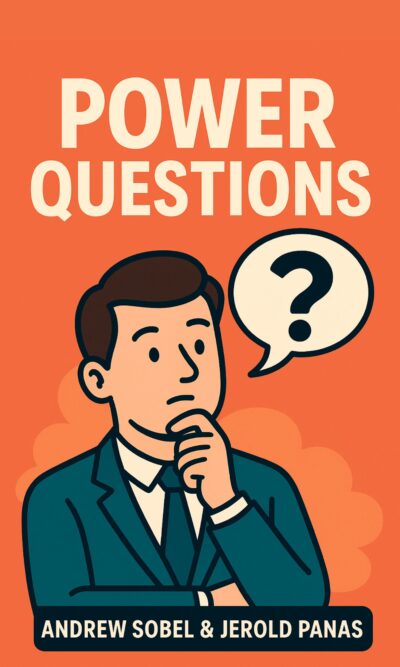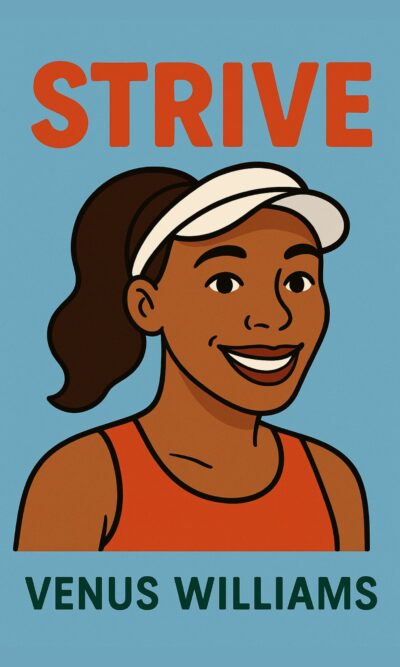Description
Most people go through life following routines—wake up, go to work, eat, sleep, and repeat—without ever pausing to ask themselves why. Why do you do what you do? Why do you choose one path over another? For many, this question feels too big, so they avoid it. But without a clear sense of purpose, life can feel unfulfilling, even empty.
Finding your WHY means uncovering the deeper reason behind your choices, your work, and your way of living. It is not about what you do or how you do it—it’s about the spark that motivates you to keep going. When you find that spark, life feels more meaningful. Work becomes less of a burden and more of an expression of who you are.
The author, Simon Sinek, discovered this firsthand. At one point, he lost passion for his career. He was doing the same things he had done before, but the joy was gone. Through reflection, he realized his WHY was to inspire others. Once he embraced this truth, his work became exciting again. His story proves that clarity of purpose can change not only how you feel but also how others see you. A person with a clear WHY appears confident, trustworthy, and magnetic.
Businesses also thrive when they know their WHY. Apple is a classic example. Their products are not always the cheapest or the most advanced. But people connect with Apple because the company stands for something bigger—thinking differently, challenging norms, and empowering creativity. Customers want to be part of that purpose, not just buy a device. This shows that people respond more strongly to purpose than to features or price tags.
So, how do you find your WHY? One powerful method is to look at your past. Your most meaningful stories often hold the clues. For example, one young woman reflected on her childhood, where she had tried to protect her younger sister from their abusive father. That experience shaped her deeply. Through this reflection, she realized her WHY was about protecting vulnerable people. By connecting with this truth, she could see new career paths and life choices that aligned with her core values.
Another helpful tool is the Golden Circle. It explains three levels of understanding: WHAT, HOW, and WHY. WHAT refers to your actions—your job, your tasks. HOW is the method or process you use to do them. WHY, at the center, is the emotional core: the belief or purpose that fuels you. When your WHAT, HOW, and WHY are aligned, passion flows naturally.
Sometimes, however, finding your WHY alone can feel difficult. In that case, another perspective can help. A friend, colleague, or even a stranger can ask you questions, listen to your stories, and notice the themes you may overlook. The right questions can bring out details that reveal your deeper motivations. For instance, one man shared several very different stories from his life, but an attentive listener noticed they all pointed toward his desire to do meaningful work that helps others. This outside perspective gave him clarity.
Groups and organizations can also discover their WHY through workshops. A company without a clear mission often feels aimless, frustrating both employees and customers. But when employees share stories about why their work matters, a common purpose emerges. For example, the espresso machine company La Marzocco discovered its WHY through such a process. Employees shared memories of moments that brought people together, and from this came a shared mission: to unite people through coffee and conversation. That purpose became the guiding light for the entire company.
Once you know your WHY, the next step is to explore your HOWs. These are the specific actions or behaviors that bring your purpose to life. They are like the bridges between your WHY and your daily life. If your WHY is to inspire others, your HOWs might include simplifying complex ideas, encouraging teamwork, or creating opportunities for people to shine. By knowing your HOWs, you can choose actions that align with your purpose and avoid ones that pull you away from it.
HOWs are also essential for teamwork. When you understand not only your own HOWs but also those of your colleagues, collaboration becomes easier. You can divide tasks in a way that plays to everyone’s strengths. For example, two facilitators once had to condense a workshop designed for 40 people into a session for 150 attendees in just four hours. One facilitator focused on innovation, while the other excelled at simplifying instructions. By combining their HOWs, they turned an impossible task into a success.
Clarity about HOWs also helps in decision-making. When faced with new opportunities, you can measure them against your WHY and HOWs to see if they truly fit. Sinek once turned down a tempting partnership after realizing the other person’s values clashed with his own. The offer looked good on the surface, but it didn’t align with his long-term vision or his way of working. Recognizing this saved him from frustration and regret.
Discovering your WHY is only the beginning. To make it real, you must share it. Start small—tell someone what motivates you when they ask, “What do you do?” Instead of answering with just your job title, share your purpose in simple words. It may feel uncomfortable at first, but speaking your WHY out loud forces you to live by it. Over time, it becomes easier, and your actions will naturally align with your words.
The same applies to businesses. A company’s WHY should be visible in its mission statement, hiring choices, and daily operations. Employees who understand the WHY of their workplace are more engaged and motivated. Customers who see the WHY behind a product are more loyal. Sharing and living the WHY creates a cycle of inspiration and trust.
Ultimately, knowing your WHY is about living a life of meaning instead of drifting without direction. It’s about waking up excited rather than drained. It’s about building work, relationships, and communities that reflect your deepest values. When you find your WHY, you don’t just exist—you thrive. You bring energy to yourself and inspiration to others.
The lesson is simple: Your WHY is already within you, hidden in your stories and experiences. You only need to uncover it, give it words, and live it out. When you do, every decision, action, and challenge becomes clearer. You will not only know what you are doing and how you are doing it—you will finally understand why.

